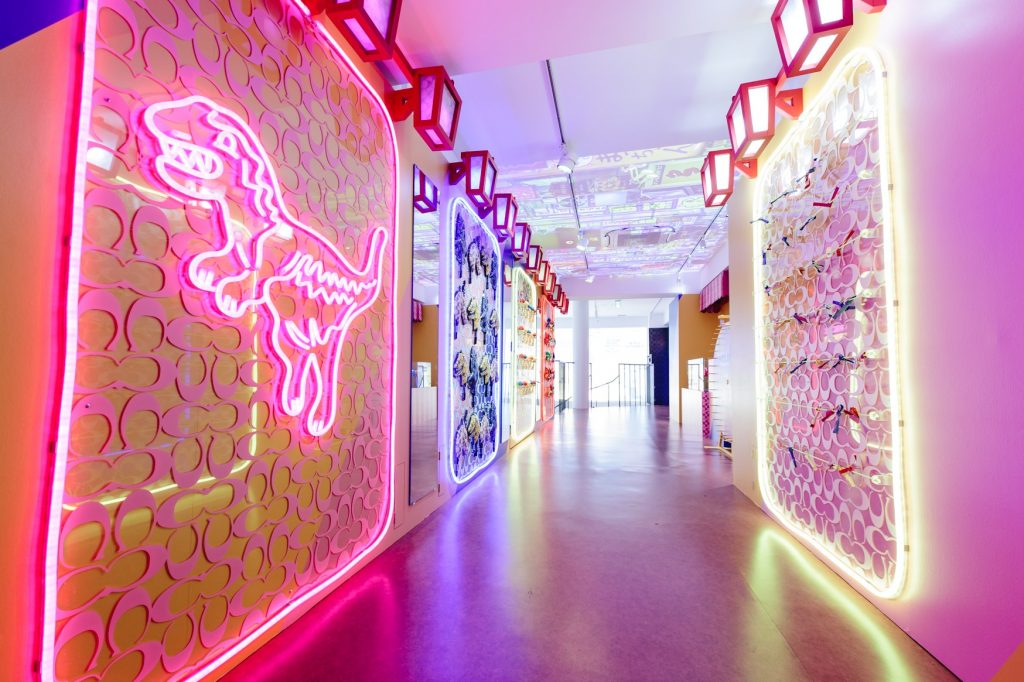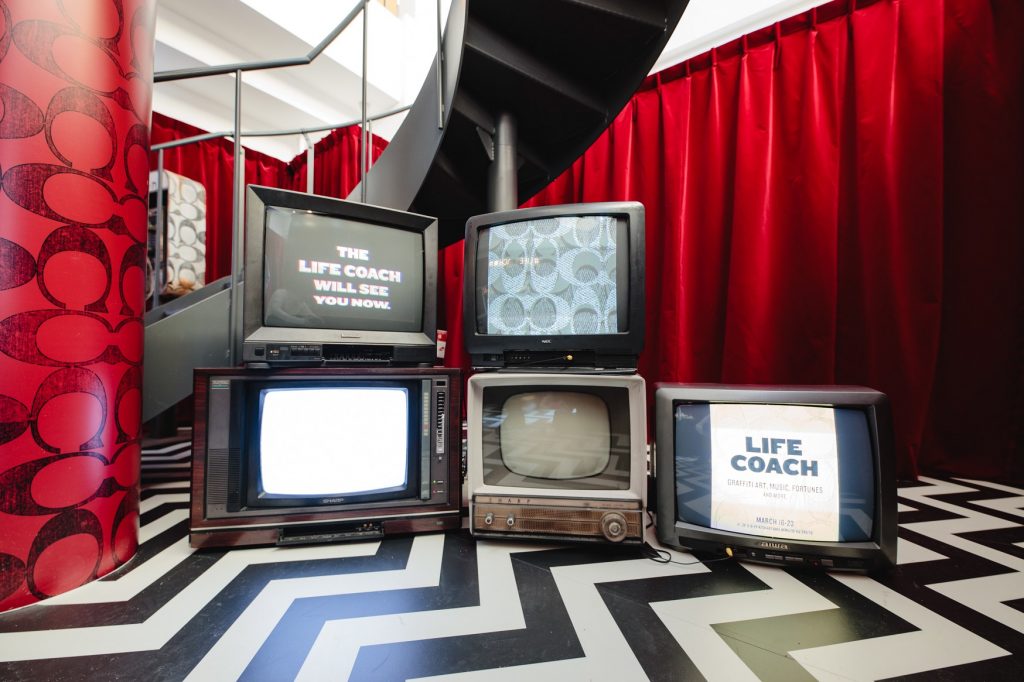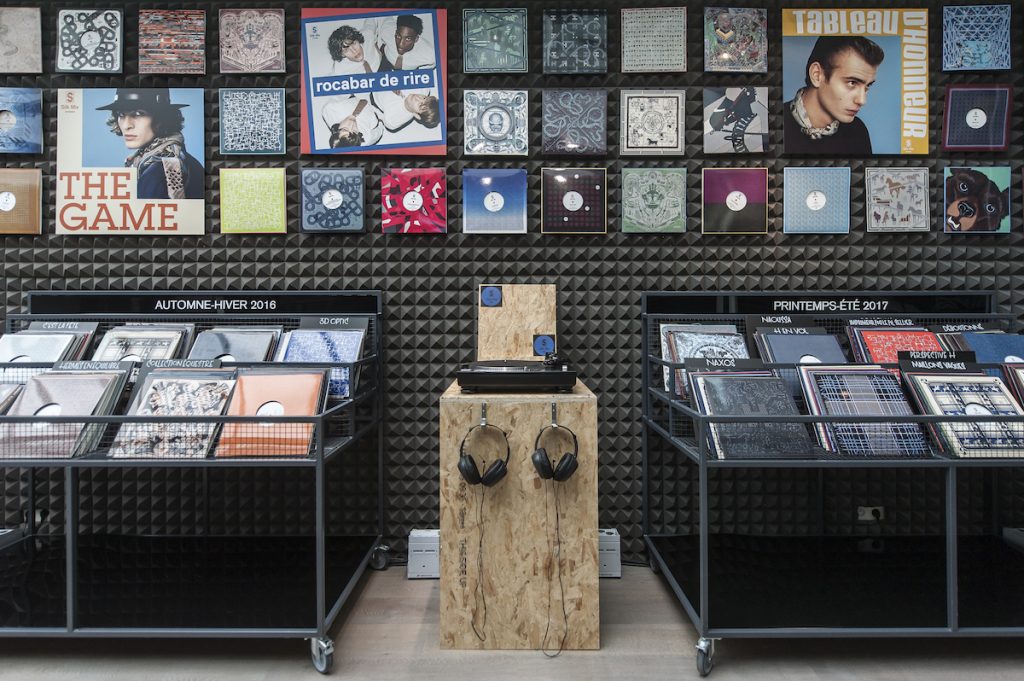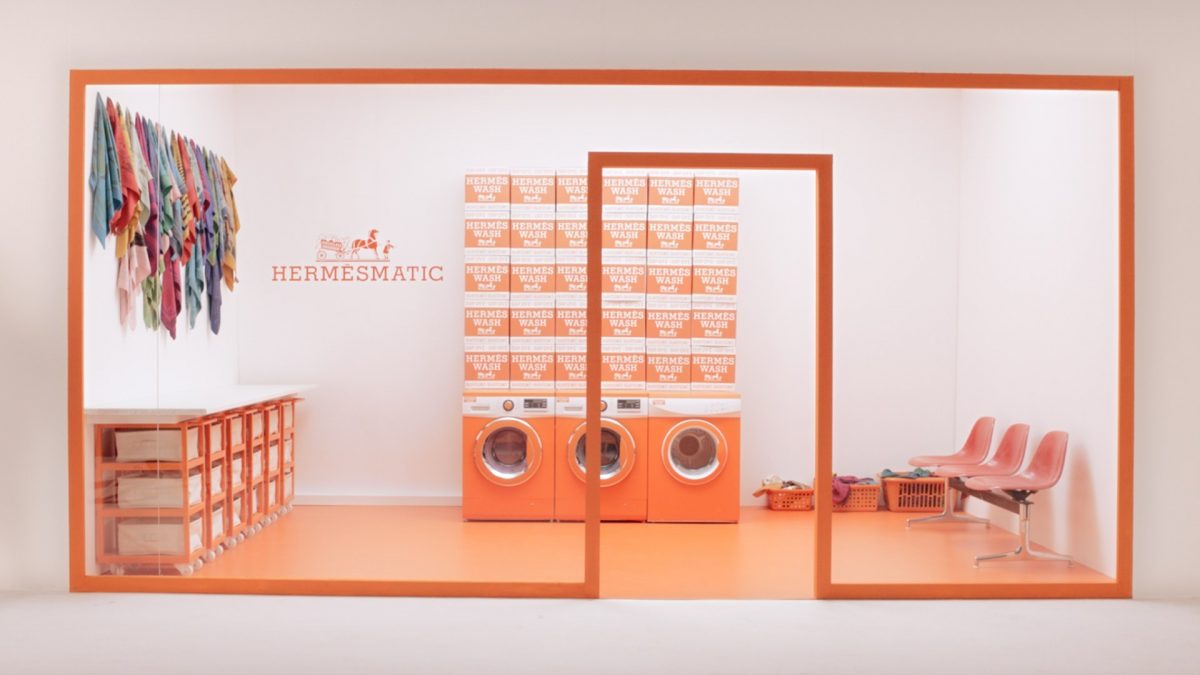Louis Vuitton. Gucci. Harrods. What do the French luxury label, the Kering-owned fashion behemoth and the heritage retailer have in common? Pop-ups. Just last week, Harrods inaugurated Fashion Re-told, a charity pop-up, offering pre-owned designer clothing from brands like Chloé and Stella McCartney. In October 2018, Louis Vuitton took over London’s Mayfair with a ‘Wizard of Oz’-themed space displaying key pieces from Virgil Abloh’s SS 19 Menswear collection. Gucci’s pink paradise, organised at Selfridges last November, had an assortment of limited-edition accessories, driving in hordes of curious onlookers.

The Louis Vuitton Pop-up Store
As luxury fashion brands try to lure Millennials and the Gen Z–with their dwindling attention span, shifting priorities and heightened spending power–pop-ups are becoming somewhat of a priority. “They have really evolved in their impact and usefulness over the last few years,” says Kirsty Nevett, lecturer in Retail Management, Strategy and Operations at the London College of Fashion. “Earlier, a pop-up was a nice concept that allowed brands to ‘test’ a retail presence or launch a new product and therefore did generate social media buzz, although short-lived. But, the recent evolution holds greater intrigue by offering fresh concepts on constant rotation.”
 Life Coach Tokyo
Life Coach Tokyo
We are in a world where social capital goes hand-in-hand with monetary profit. Thus, when it comes to pop-ups, brands are going beyond the cursory display of photogenic installations. American luxury lifestyle brand Coach created Life Coach Tokyo in March this year, celebrating the heritage of the city and designing a space for self-discovery and reflection. Aiming to be an anti-shop, the pop-up included absolutely no brand merchandise.
One of the rooms let visitors sketch on the blank walls, while others added to the graphic appeal with neon insignia denoting Japanese festivals. Coach cracked a way to effectively engage with passers-by, highlighting the cultural tradition of Tokyo. As Nevette elaborates, “it’s important to have an immersive concept and a strong message; brands should give consumers a ‘reason to believe’ from the outset. Moreover, the story has to continue in another physical or digital form after the pop-up has ended.”
 Life Coach Tokyo
Life Coach Tokyo
Ideally, ‘immersive’, is more than just a word casually thrown in a press release. Case in point: the Hermès Silk Mix pop-up held in Munich last month. There were Vinyl disks on display–recorded with soundtracks featured in past shows–illustrated with the French brand’s iconic scarf prints. Cassettes were wrapped in different silk ties, which visitors had to touch and feel before they could listen to the music. With a sense of discovery and novelty hidden in every corner, the pop-up prioritised on attracting consumers who feel alienated by flagship stores; mostly the new age consumer, for whom a sense of ‘community’ is as important as ‘content’.
 The Hermès Silk Mix pop-up
The Hermès Silk Mix pop-up
A pop-up with a strong social or political message will resonate deeper than a standalone outpost with no distinct attitude. The Harrods’ Fashion Re-told, mentioned earlier, fits the bill; pre-owned merchandise offers an opportunity for sustainable shopping and a philanthropic cause builds a strong brand image. Other than fostering future sales, such an approach also lets a brand connect personally with its most loyal followers.
However, consumer engagement seldom lasts beyond the Instagram ‘likes’. The message of ‘exclusivity’–communicated by brands for ages as a marketing trope–could then be manipulated into an experience within the four walls of a transient store. In Nike’s case, these walls weren’t even real. This year, as part of its annual Air Max campaign, the sportswear giant came up with a time-sensitive virtual reality store for the launch of the new Air Max 720.
As per definition, this store didn’t exist in real life. Moreover, shoppers needed ‘Air Credits’–generated from a previous purchase–to actually buy the items, making the latest product drops visible to all but accessible to few. This perception of immediacy and scarcity worked, with the sale concluded in minutes. As Nikki Baird, Vice President of Retail Innovation at Aptos, writes, “People like the feeling of being a part of something special and fleeting so that they can say, ‘I was there before it was gone.’”
As far as innovation and experimentation are concerned, a pop-up can provide opportunities well beyond the scope of an age-old establishment. For luxury brands tapping into emerging markets, this could mean the fine line between short-term buzz and long-term business. So if pop-ups are popping up right, left and centre, you know why.

